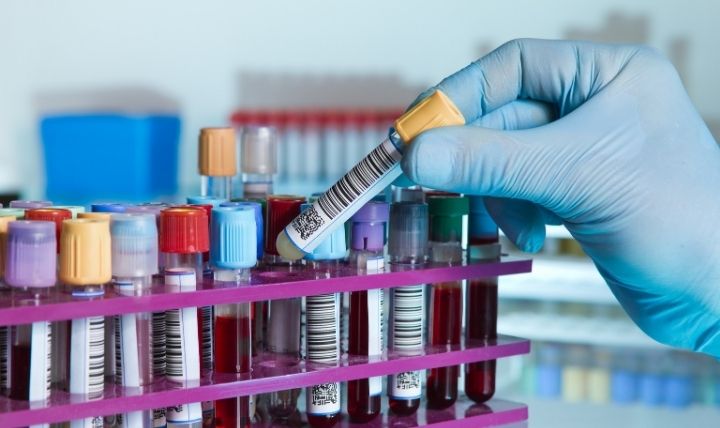
Although cord blood banking has existed for some time now, there are still many aspects of it that people are unaware of or sometimes misunderstand. If you’re considering banking cord blood, it’s necessary to diligently learn more about the subject. In order to dispel confusion and answer some questions you may have, we discuss common misconceptions about cord blood banking here.
Public Banks Are Better Because They’re Free
In the world of cord blood preservation, there are two types of banks that you can give your cord blood to: public banks and private banks. Donating to the former is free, so it may initially seem like a more attractive choice. But once public cord blood banks take your cord blood, they’ll be able to use it to treat anyone who matches with it. In other words, you essentially lose access to the blood. Conversely, private banks keep cord blood specifically for the use of the child that it came from, as well as for their close family members. Your family maintains ownership over it, so you may one day use it for treatment if needed.
Cord Blood Stem Cell Treatments Are Only Experimental
Since cord blood banking isn’t a standard practice among all families, a common misconception about cord blood banking is that treatments that use cord blood stem cells aren’t truly viable. Rather, individuals may think that things are still only in their experimental stages. It’s true that scientists are always performing research with cord blood stem cells to unlock more medical applications for them. However, the truth about cord blood banking is that there is also already a great number of FDA-approved cord blood stem cell treatments available today. In fact, the first successful cord blood transplant took place in 1988. Since then, cord blood has found a place in more than 80 blood disease treatments.
Sepax® Machines Aren’t Effective at Processing Cord Blood
Cord blood has so much potential for helping people because it contains stem cells that can replace diseased or damaged blood cells in the bodies of those afflicted with blood diseases. There are different machines that cord blood banks may use to extract stem cells from cord blood, and the ones that NECBB uses are called Sepax® machines. A misunderstanding that some may have is that these machines aren’t effective at processing cord blood and separating out the stem cells within it. In truth, the Sepax® system is among the best in the industry because it’s the only one that is completely automated. The SEPAX-2 machine uses precise software protocols to achieve up to a very high stem cell recovery rate via several separation techniques. These include cell concentration, volume reduction, and buffy-coat isolation separation.
Contact New England Cord Blood Bank today if you have more questions about cord blood banking. We can clear up points of confusion so you can make a cognizant decision on whether you want to store your child’s cord blood after their birth.